Who was Alvar Aalto?
Alvar Aalto (1898-1976) was a Finnish architect and designer whose work synthesized modernist ideals with a deep reverence for nature and humanism. Over a career spanning more than five decades, Aalto created a vast body of work that included buildings, furniture, glassware, and textiles, all united by a common vision of organic harmony and human-centered design. From his early experiments in bent wood furniture to his monumental civic centers and churches, Aalto’s designs embodied a unique fusion of rationalism and romanticism, of industrial efficiency and handcrafted warmth. His legacy remains a testament to the enduring power of architecture and design to enrich the human experience and promote a more humane and sustainable way of living.
The Humanization of Modernism
Born in Kuortane, Finland, in 1898, Aalto came of age during a period of tremendous upheaval and transformation. As a young architect in the 1920s and ’30s, he was deeply influenced by the ideas of the modernist movement, with its emphasis on functionality, simplicity, and industrial production. Yet Aalto also felt a strong connection to the natural world and the humanist traditions of his native Finland, and he sought to integrate these influences into his work.
This synthesis of modernist and organic principles is evident in Aalto’s early furniture designs, such as the Paimio Chair (1932) and the Stool 60 (1933). These pieces, with their sleek lines and innovative use of bent plywood, reflect Aalto’s fascination with the potential of new materials and technologies. Yet they also possess a warmth and tactility that sets them apart from the cold precision of much modernist furniture. With their gentle curves and inviting contours, Aalto’s chairs seem to embrace the human body, to invite touch and interaction.
This humanizing impulse is even more pronounced in Aalto’s architectural work. In projects like the Paimio Sanatorium (1933) and the Villa Mairea (1939), Aalto used natural materials, organic forms, and careful siting to create buildings that harmonize with their surroundings and promote a sense of well-being in their occupants. His spaces are characterized by a fluid interplay of interior and exterior, of light and shadow, of intimacy and expansiveness. They seem to breathe with the rhythms of nature, to offer a refuge from the stresses and alienation of modern life.
The Synthesis of Art and Industry
Throughout his career, Aalto remained committed to the idea of the “total work of art,” the integration of architecture, design, and craft into a unified aesthetic experience. He believed that every element of a building or object, from the largest structural gesture to the smallest decorative detail, should contribute to a coherent whole, a harmonious environment that enhances the quality of life.
To achieve this synthesis, Aalto collaborated closely with artisans and craftspeople, experimenting with new materials and techniques to create objects of enduring beauty and utility. His iconic Savoy Vase (1936), with its undulating glass form, is a masterpiece of organic abstraction, while his bent plywood furniture exploits the inherent properties of wood to create shapes of remarkable strength and flexibility.
At the same time, Aalto was a pioneer in the use of standardization and mass production to make good design accessible to a wider audience. His furniture and lighting designs, produced by companies like Artek and Iittala, brought the benefits of modern design to countless homes and offices around the world. Aalto’s work demonstrates that industrial efficiency and aesthetic quality need not be mutually exclusive, that it is possible to create objects that are both beautiful and affordable, both functional and expressive.
The Legacy of Alvar Aalto
Today, more than four decades after his death, Alvar Aalto remains a towering figure in the history of modern architecture and design. His work has inspired generations of designers and continues to shape our understanding of what it means to create spaces and objects that serve human needs and aspirations.
Aalto’s legacy is one of humanism and empathy, of a deep respect for the natural world and the human experience. His buildings and designs remind us that modernism need not be cold or alienating, that it is possible to harness the power of technology and industry to create environments that nurture the body and the spirit. They call us to embrace the organic complexity of the world, to find beauty in the imperfections and irregularities of nature, to create spaces that invite participation and engagement.
As we grapple with the challenges of the 21st century – climate change, urbanization, social inequity – Aalto’s work offers a model for a more sustainable and humane approach to design. His emphasis on local materials, vernacular traditions, and site-specific solutions points the way towards an architecture that is more responsive to the needs of communities and ecosystems. His belief in the social and ethical responsibilities of the designer reminds us that our choices have consequences, that every act of creation is an opportunity to make the world a better place.
Ultimately, Aalto’s legacy is a testament to the enduring power of design to shape our lives and our world. It reminds us that the spaces we inhabit and the objects we use are not just functional tools, but expressions of our values, our dreams, and our shared humanity. In a world that often seems fractured and disconnected, Aalto’s work calls us back to the essential unity of art and life, and challenges us to build a future that is more beautiful, more humane, and more alive.
Selected Bibliography
Alvar Aalto Foundation. Alvar Aalto: The Mark of the Hand. Helsinki: Rakennustieto, 2011.
Alvar Aalto Museum. Alvar Aalto: Designer. Helsinki: Alvar Aalto Museum, 2002.
Eisenbrand, Jochen, and Mateo Kries, eds. Alvar Aalto: Second Nature. Weil am Rhein: Vitra Design Museum, 2014.
Fleig, Karl. Alvar Aalto. New York: Praeger, 1975.
Heporauta, Arne, and Eeva Pelkonen. Alvar Aalto: Architecture, Modernity, and Geopolitics. New Haven: Yale University Press, 2009.
Jetsonen, Jari, and Sirkkaliisa Jetsonen. Alvar Aalto: Apartments. Helsinki: Rakennustieto, 2004.
Korvenmaa, Pekka. Alvar Aalto: Between Humanism and Materialism. New York: Museum of Modern Art, 1998.
Lahti, Louna. Alvar Aalto: Ex Intimo. Jyväskylä: Alvar Aalto Museum, 2016.
Menin, Sarah, ed. Alvar Aalto: Nature and Tradition. Chichester: Wiley, 2012.
Pallasmaa, Juhani, ed. Alvar Aalto: Toward a Human Modernism. Munich: Prestel, 1999.
Pelkonen, Eeva-Liisa. Alvar Aalto: Architecture, Modernity, and Geopolitics. New Haven: Yale University Press, 2009.
Reed, Peter, ed. Alvar Aalto: Between Humanism and Materialism. New York: Museum of Modern Art, 1998.
Schildt, Göran. Alvar Aalto: The Complete Catalogue of Architecture, Design and Art. New York: Rizzoli, 1994.
Schildt, Göran. Alvar Aalto: The Decisive Years. New York: Rizzoli, 1986.
Schildt, Göran. Alvar Aalto: The Mature Years. New York: Rizzoli, 1991.
Artists and Designers

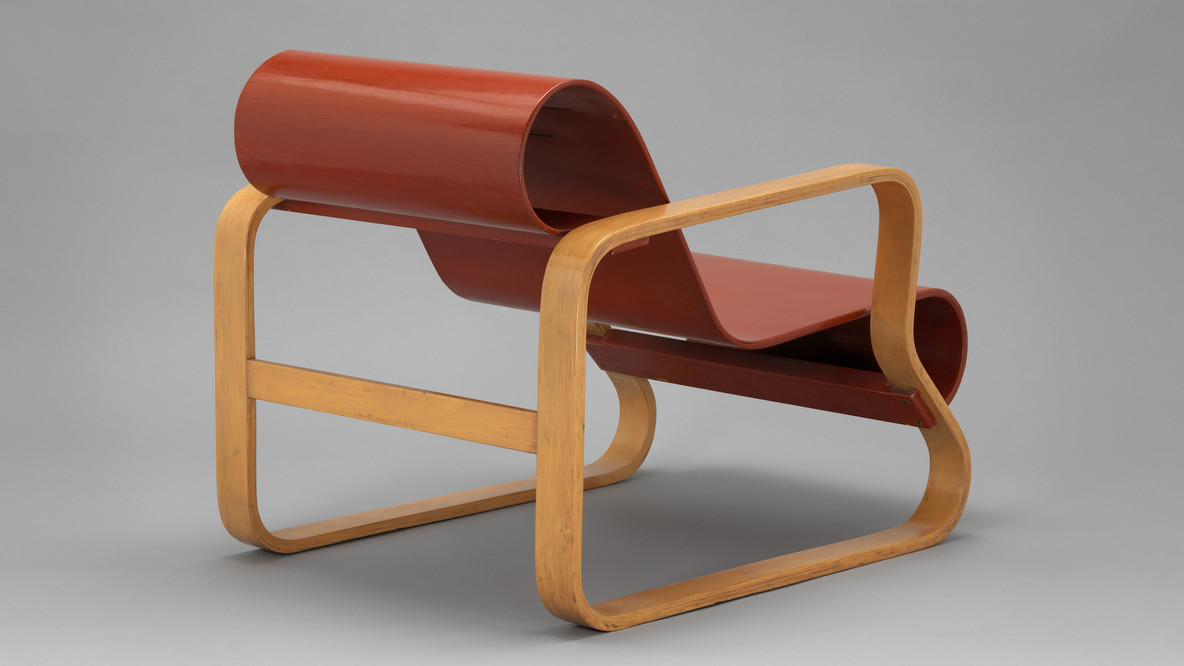
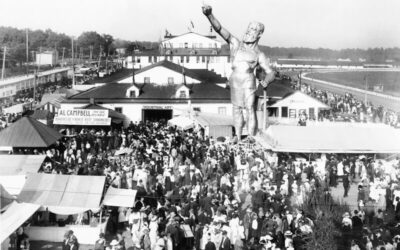
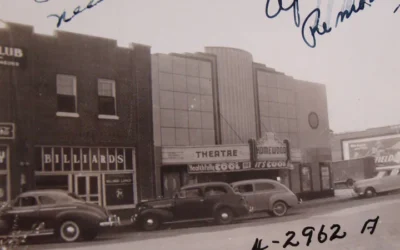
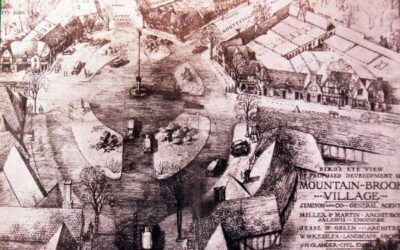
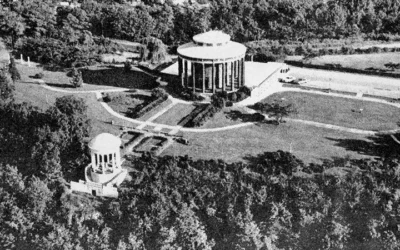






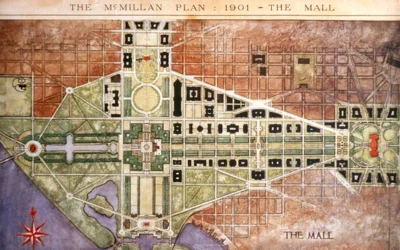









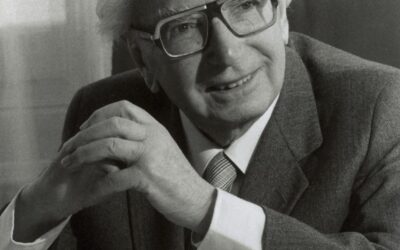
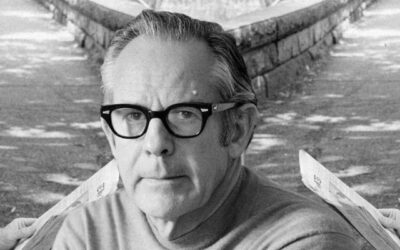


0 Comments